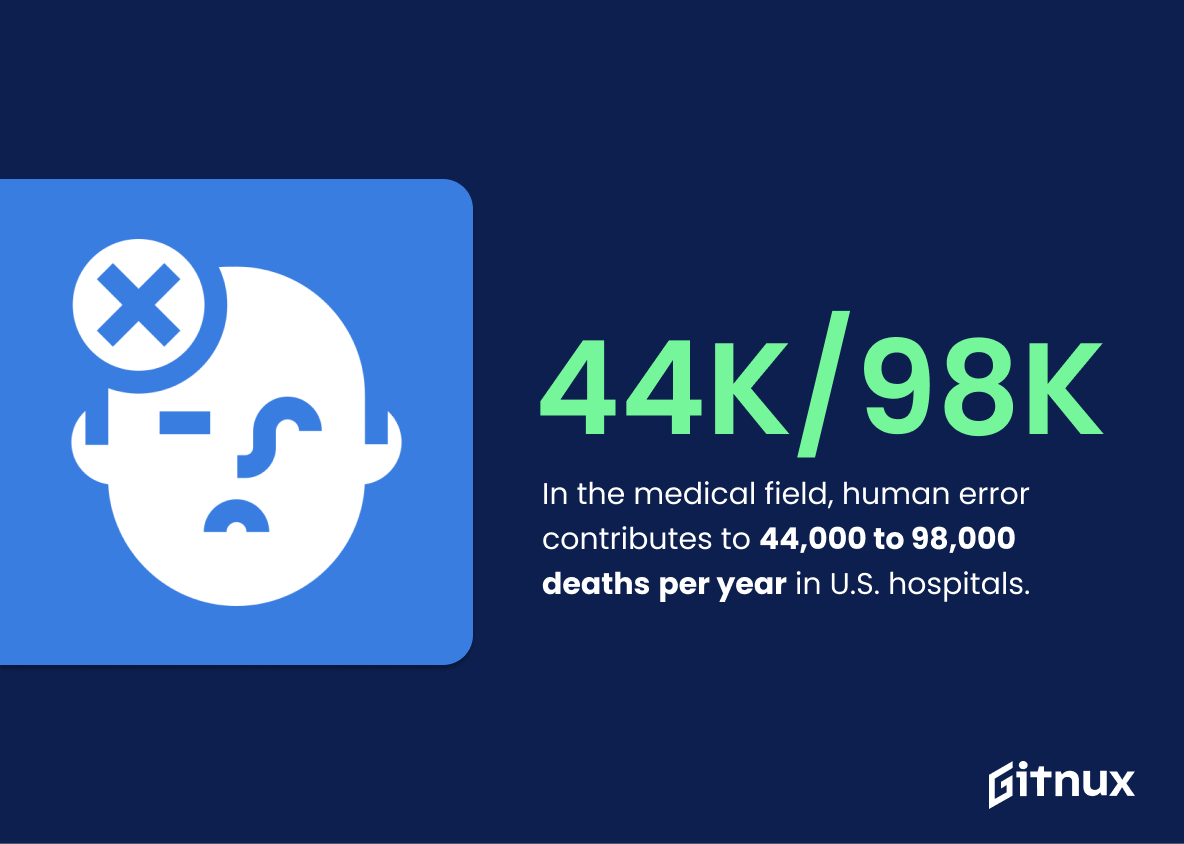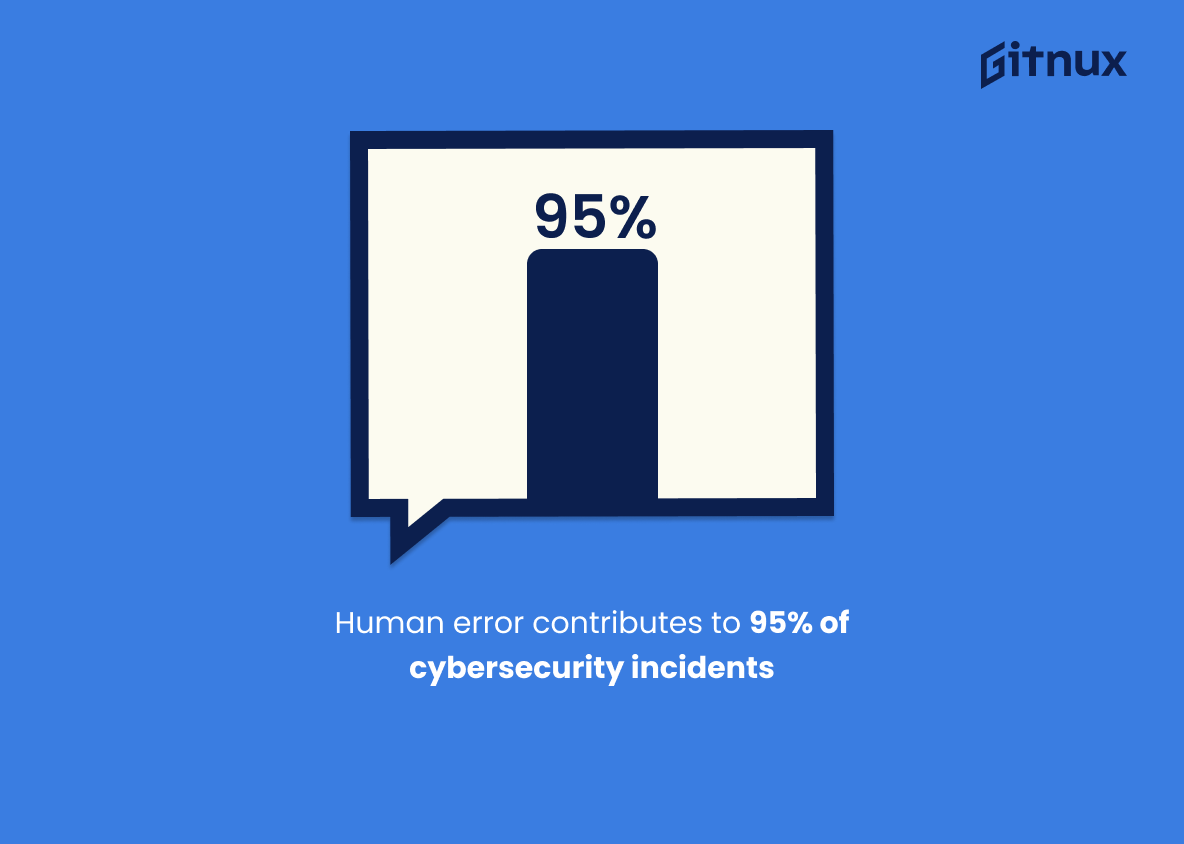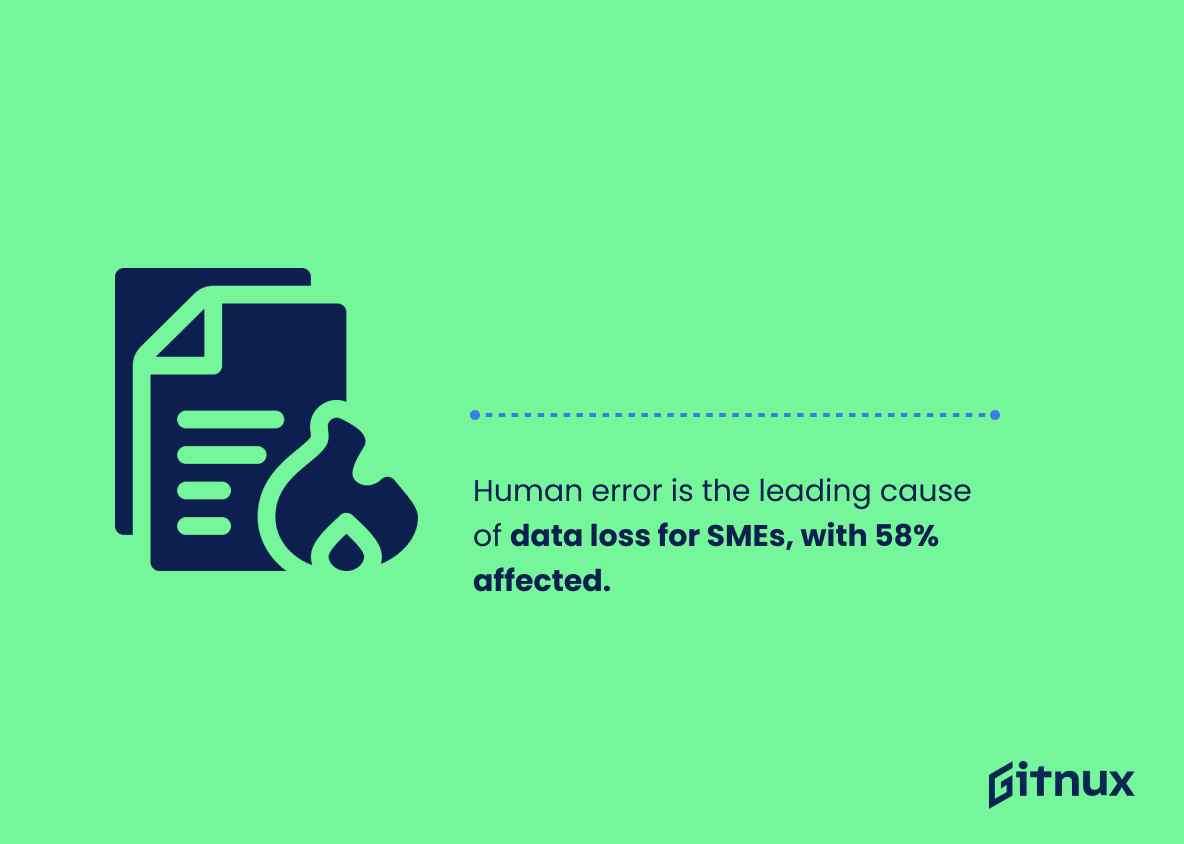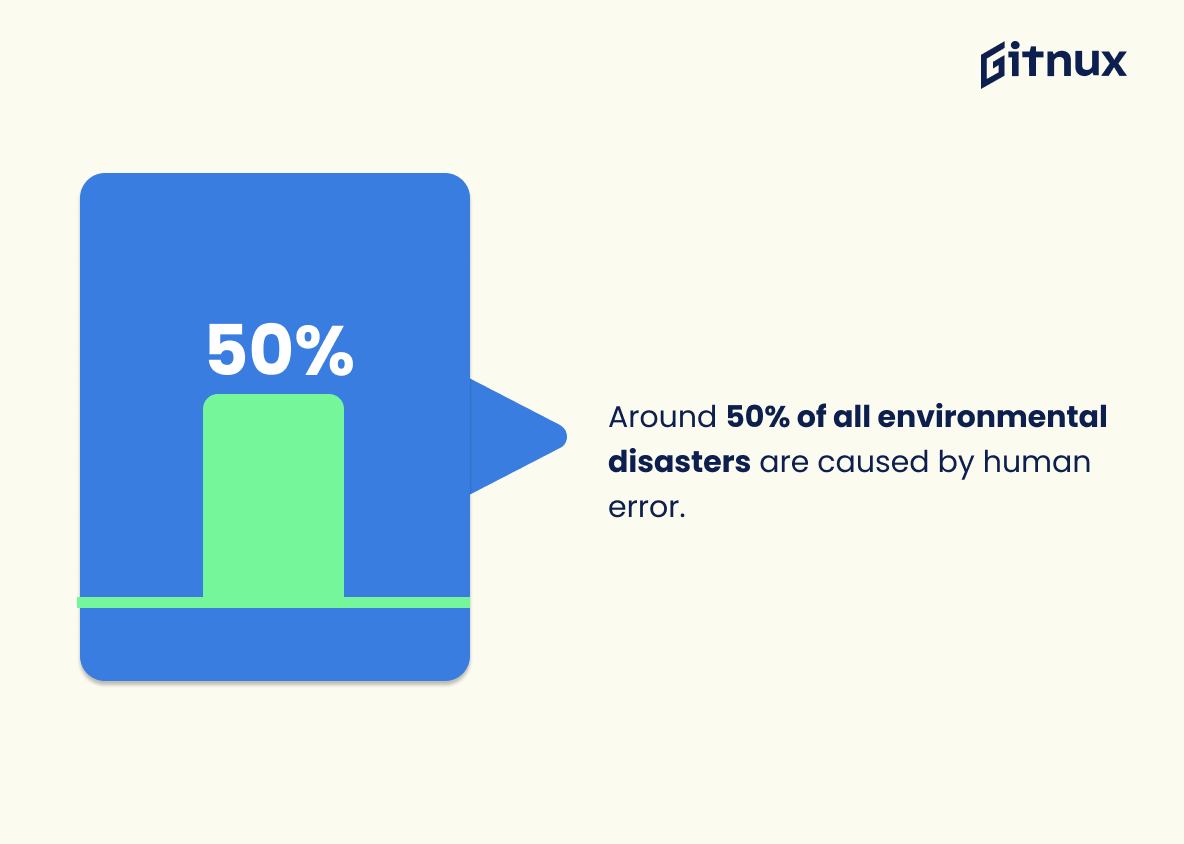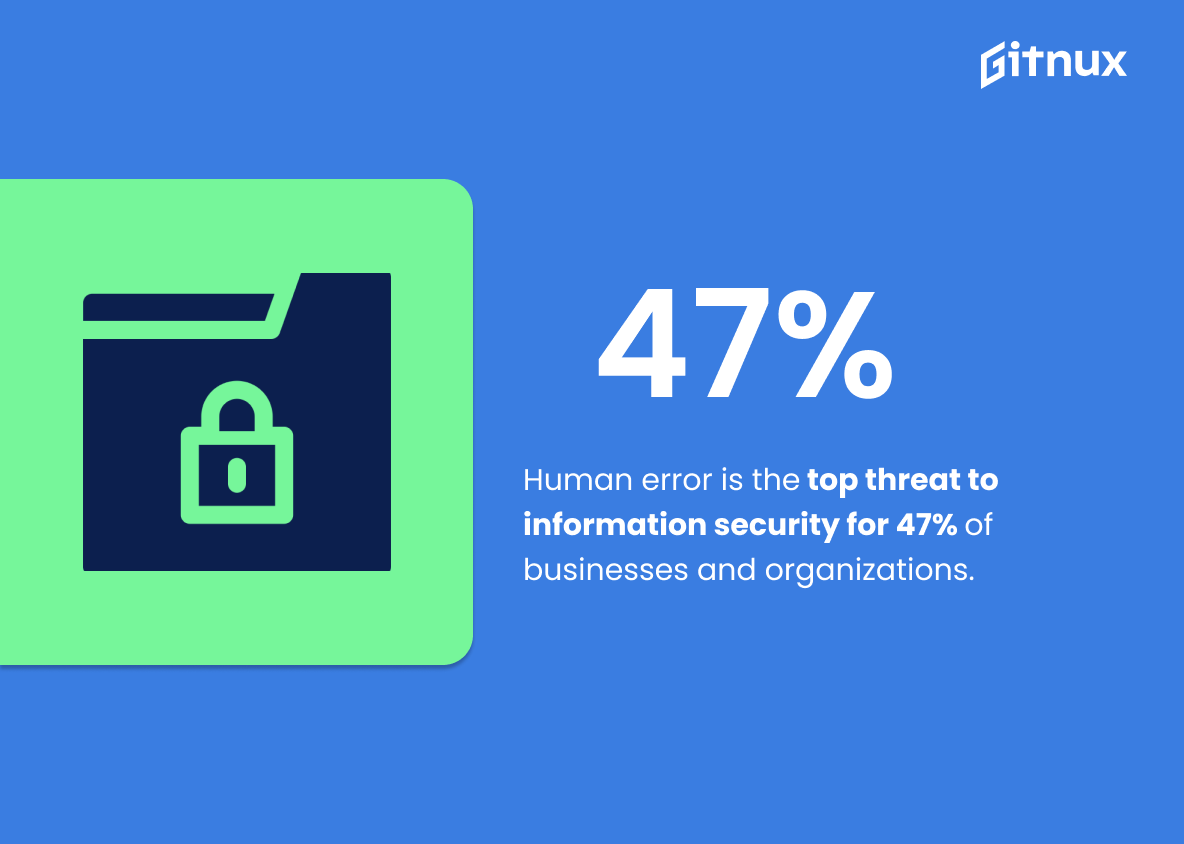Human error is a major factor in many industries and sectors, from aviation to healthcare. This blog post will explore the statistics behind human error-related incidents across various fields, including industrial accidents, aviation accidents, marine casualties, medical errors, driving fatalities, malpractice claims in healthcare settings, cybersecurity incidents and data breaches in financial services. We’ll also look at pipeline accidents within the energy sector as well as IT downtime for businesses and environmental disasters caused by humans. Finally we’ll examine train crashes in Europe along with laboratory mistakes when identifying samples and US data breaches due to negligence or human error.
This statistic is a stark reminder of the importance of safety protocols in the workplace. It highlights the need for employers to take proactive steps to reduce the risk of human error-related accidents, such as providing adequate training and supervision, and implementing safety measures. It also serves as a warning to employees to be mindful of their actions and take responsibility for their safety.
Human error causes approximately 80% of all aviation accidents.
This statistic is a stark reminder of the importance of human safety in aviation. It highlights the need for greater vigilance and attention to detail when it comes to operating aircraft, as even the slightest mistake can have catastrophic consequences. It also serves as a warning to those who may be tempted to take shortcuts or overlook safety protocols, as the potential risks are simply too great. Ultimately, this statistic serves as a reminder that human error can have devastating consequences, and that it must be taken seriously in order to ensure the safety of all those involved in aviation.
Human Error Statistics Overview
In the medical field, human error contributes to 44,000 to 98,000 deaths per year in U.S. hospitals.
This statistic is a stark reminder of the devastating consequences of human error in the medical field. It highlights the importance of taking measures to reduce the number of preventable deaths caused by human error in hospitals. It serves as a call to action for healthcare professionals to take steps to ensure that mistakes are minimized and patient safety is prioritized.
Human error contributes to 95% of cybersecurity incidents.
This statistic is a stark reminder of the importance of cybersecurity and the need to be vigilant in protecting our digital information. It highlights the fact that human error is a major factor in the majority of cybersecurity incidents, and that we must take steps to reduce the risk of these errors occurring. By understanding the statistics, we can better equip ourselves to protect our data and prevent future incidents.
Human error is the leading cause of data loss for SMEs, with 58% affected.
This statistic is a stark reminder of the importance of taking measures to protect data from human error. With nearly six out of every ten SMEs affected by data loss due to human error, it is clear that this is a major issue that needs to be addressed.
Around 50% of all environmental disasters are caused by human error.
This statistic is a stark reminder of the impact that human error can have on the environment. It highlights the need for greater awareness and understanding of the potential consequences of our actions, and the importance of taking steps to reduce the risk of environmental disasters caused by human error.
Human error is the cause of up to 80% of process plant incidents.
This statistic is a stark reminder of the importance of human error prevention in process plants. It highlights the need for organizations to take proactive steps to reduce the risk of human error-related incidents, as they can have serious consequences for both the safety of personnel and the efficiency of operations. By understanding the potential for human error and taking steps to mitigate it, organizations can ensure that their process plants are as safe and efficient as possible.
Human error is the top threat to information security for 47% of businesses and organizations.
This statistic is a stark reminder of the importance of information security in today’s digital world. It highlights the fact that human error is a major threat to businesses and organizations, and that it should not be taken lightly. By understanding the prevalence of human error in information security, businesses and organizations can take steps to reduce the risk of data breaches and other security issues. This statistic is a valuable insight into the current state of information security, and can help businesses and organizations make informed decisions about how to protect their data.
Conclusion
From the statistics presented, it is clear that human error plays a major role in many industries and activities. From industrial accidents to data breaches, human errors are responsible for an alarming number of incidents each year. This highlights the importance of taking steps to reduce or eliminate these mistakes through improved processes and training programs. It also emphasizes the need for organizations to invest in technologies such as artificial intelligence (AI) and machine learning (ML) which can help detect potential issues before they become costly problems. Ultimately, reducing human error should be a priority for any organization looking to improve safety, security, efficiency and productivity across all areas of their operations.
References
0. – https://www.weather.com
1. – https://www.securitymagazine.com
2. – https://www.psnet.ahrq.gov
3. – https://www.aiche.org
4. – https://www.aviationknowledge.wikidot.com
5. – https://www.process.st
6. – https://www.channelpro.co.uk
7. – https://www.ibm.com
ZipDo, cited June 2023: Human Error Statistics
